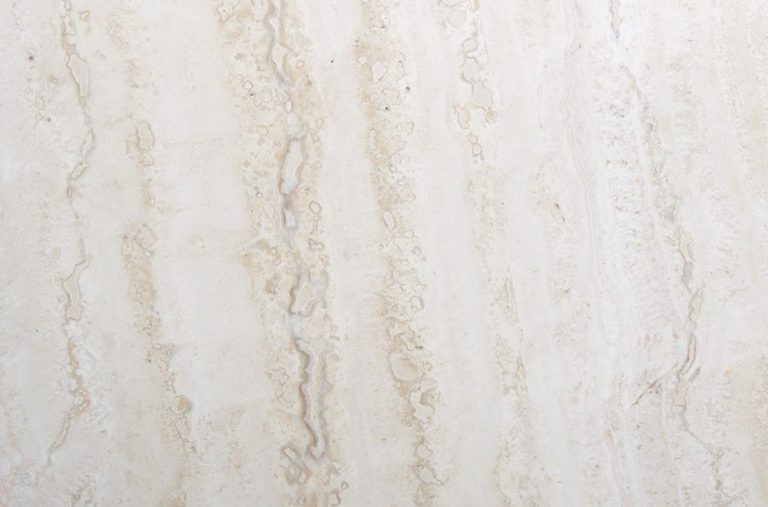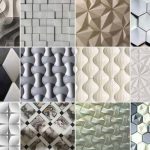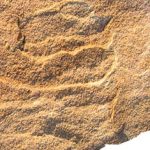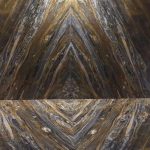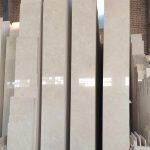Travertine is the product of old limestone springs, which are seen in relatively wide areas. In most cases, the layers in the deposits of this stone are horizontal or are placed with a gentle slope, which depends on the morphology of the earth’s surface. So that in some cases they occupy huge reserves in wide areas
Like the huge mines of Azarshahr and Mahallat, white travertine is of higher quality if its color is uniformly white and has colored veins and pores. Of course, the presence of colored veins caused by contamination with iron oxides in white travertines may give the stone a special beauty
This stone has a porous texture and various colors and band shape, which color variation is due to the difference in the compounds that exist in the stone elements during deposition and show themselves in the form of different streaks. It is worth mentioning that because these veins have a different chemical composition from the background of the stone, they have less strength in the created stone and form the sensitive point of a stone that shows the least resistance against impact or pressure, and the more the stone has veins And if there are less impurities, it has higher strength
These stones are divided into wavy and non-wave based on the type of cutting and based on their appearance and mine and their characteristics in different types such as:
Abbas Abad travertine, Mako, Mahabad, Dehshir, Isfahan, Yazdo Abyaneh, Abarkoh, Euclid travertine and..
These stones can be used in the facade of the building even in very cold areas with heavy rains without worrying about loosening the stone
In the internal view, it can also be as:
used in wall cornice, step stone, ect

 Products
Products projects
projects blogs
blogs about us
about us persian
persian english
english